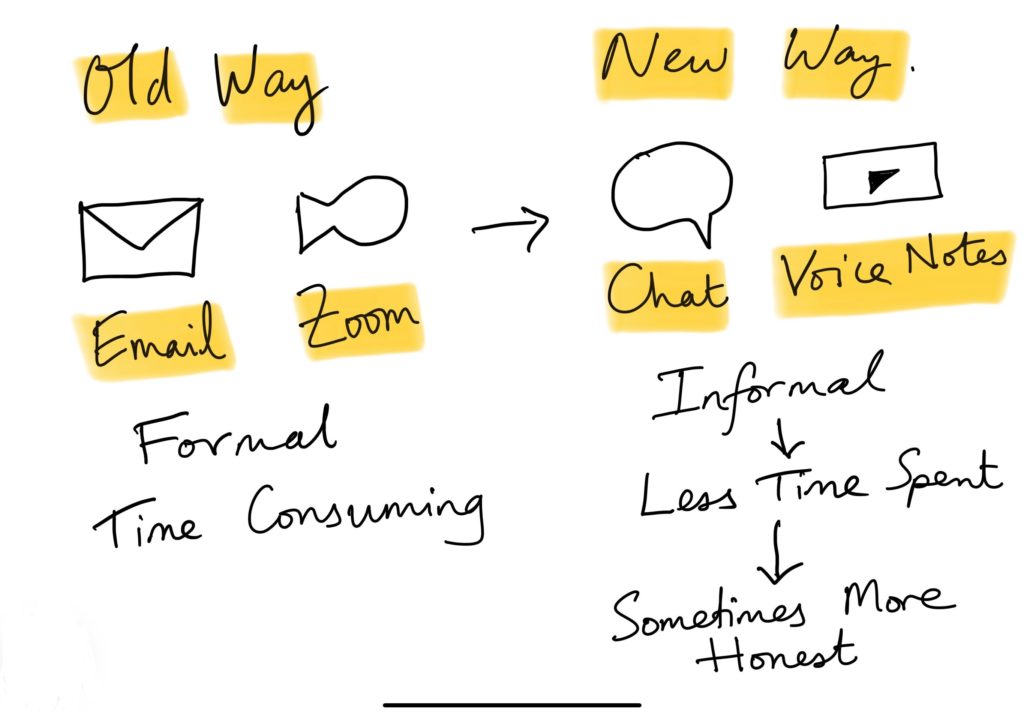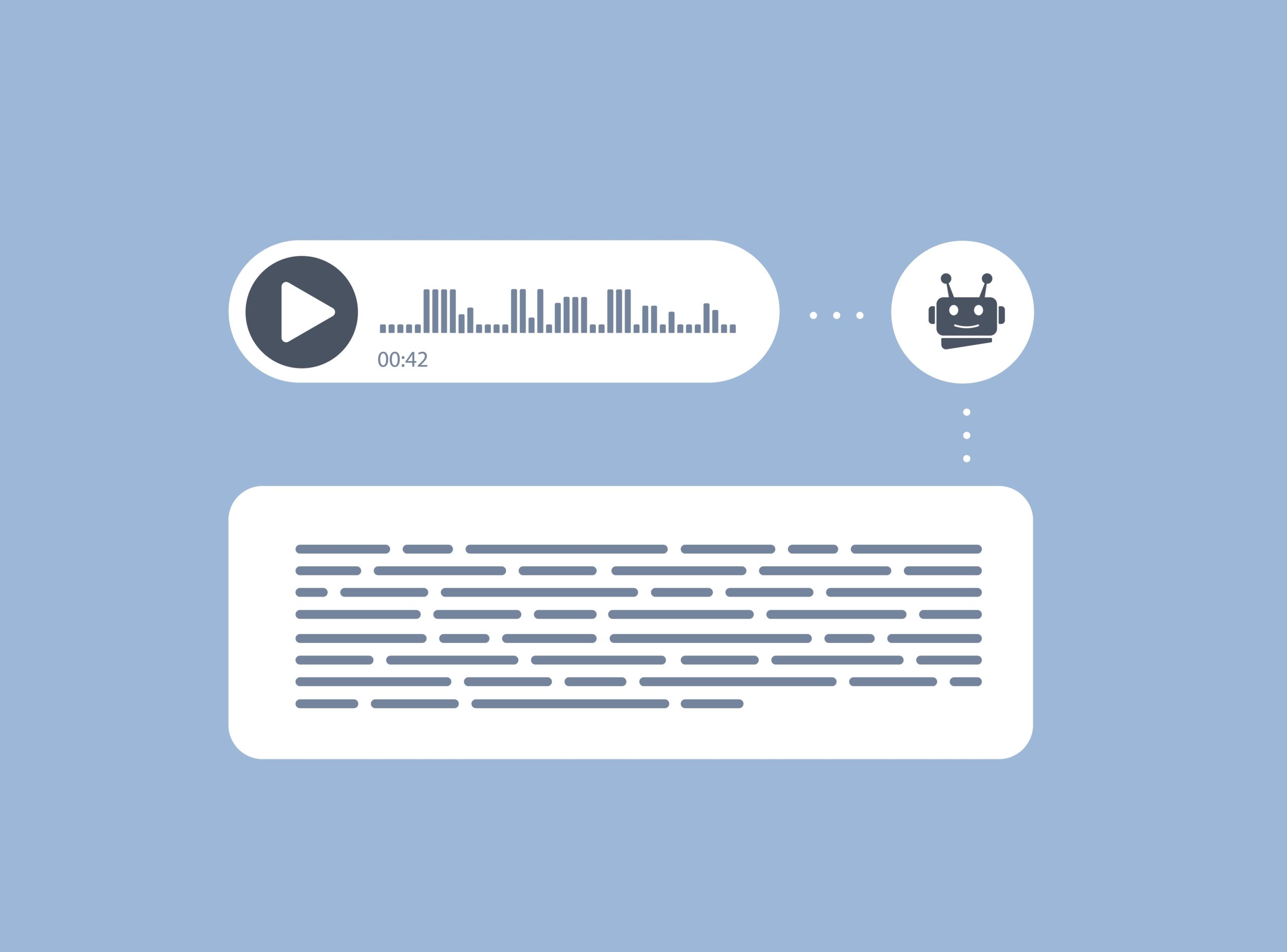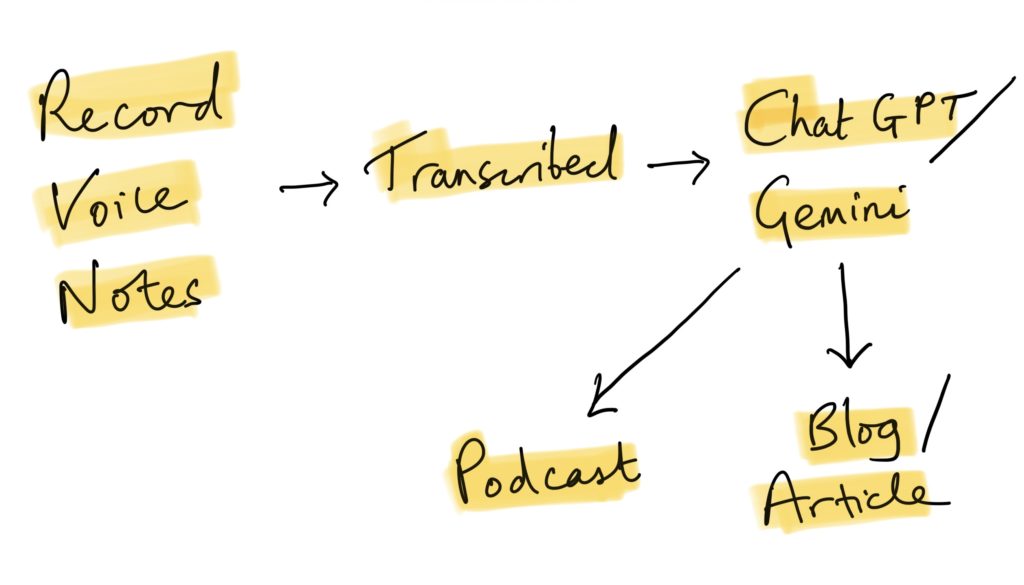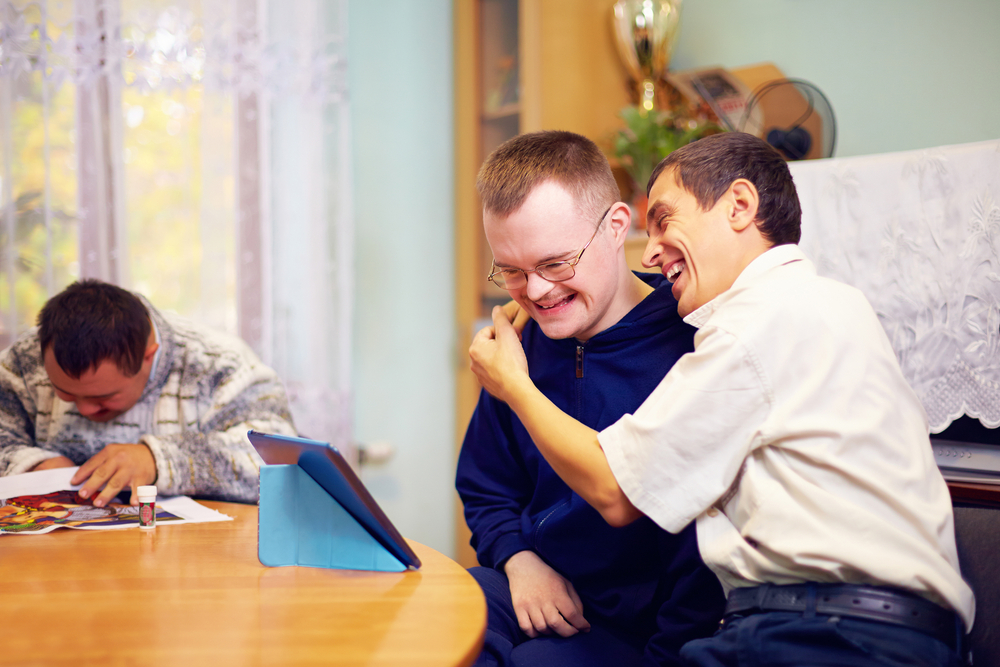The Story of Sound Branch by Sean Gilligan
Back in 2016, I sat at my kitchen table thinking about two things. First, how could I better communicate with my Chicago sales team and avoid those late-night 9 PM or 10 PM calls, checking in on progress, offering support, and providing guidance? Second, I started to wonder if the tweet storms on Twitter—those never-ending chains of hundreds, sometimes thousands, of replies—could be transformed into something more engaging. You’d skim these tweets, never reading them all, but what if you could listen instead? Play it all like a podcast while multitasking—perhaps while driving or cooking. That idea stuck with me.
The impersonality of text was also on my mind. With voice, communication becomes quicker and more efficient, but more importantly, it carries empathy. You can tell so much, not just from the words themselves, but from the tone, the intonation—whether someone is happy, frustrated, or energised. That’s what inspired me to create Sound Branch.
Of course, there were alternatives like WhatsApp, but it didn’t fit the bill. WhatsApp is mobile-first, difficult to secure for enterprise, and limited in its scope. So, we built Sound Branch for the web, iOS, Android, Alexa, and Google Assistant. It’s like Twitter or Slack but with a key difference—it’s voice-first and voice-only. You couldn’t type if you wanted to. You had to record your voice. That forces a level of emotional expression you simply don’t get with text.
Every voice note was transcribed and searchable, allowing you to quickly find what had been said. People could post on a public timeline, respond in structured threads categorised by topics, or engage in private chats and groups. An inbox would pull all of this together, with date and time stamps for each new message.
We took it a step further. Using AI, we performed sentiment analysis on the transcriptions, adding an emoji to reflect the emotion behind each voice note. Voice clips could be up to two minutes long, but the default was set to 10 seconds. The goal was brevity—keeping messages quick and engaging. People don’t want to listen to long voice notes all day.
This multimodal approach allowed recipients to listen to or read a message, and then like, reply, or share it. Notifications kept users in the loop. We introduced advanced analytics, showing which voice clips were most played, and even created audio profiles where users could record voice notes about their skills and experience. Colleagues, friends, and allies could leave voice endorsements, building an authentic audio résumé.
And it wasn’t just desktop-based. We made sure Sound Branch was fully accessible across platforms—iOS, Android, Alexa, and Google Assistant.
Another piece of the puzzle was podcasting. Traditional podcasting is time-consuming—recording takes an hour, and editing might take two. Scheduling can be a hassle, especially when trying to coordinate multiple guests. We wanted to make podcasting easier. So, we introduced playlists. Much like group chats, you could invite people to contribute by recording voice notes, then edit and merge them into a seamless podcast. It was a refreshing, asynchronous way to create content. The final podcast could be published and syndicated through RSS feeds to platforms like Spotify, and Apple Podcasts.
Sound Branch became a new way of podcasting, where you could post a series of questions, have contributors answer at their convenience, and turn that into a polished episode. No need to spend hours in post-production.
Ultimately, Sound Branch is about bringing empathy back into communication in a world where we’re stuck between Zoom calls and emails. It fills that white space—bridging the communication gap. Launched in 2016, Sound Branch was a pioneer, a trailblazer in the voice-first space. And now, we’re waiting for a generation to fully embrace this technology as the future of work, podcasting, and empathetic communication. It’s about giving everyone a voice and, just as importantly, teaching us all to listen.











